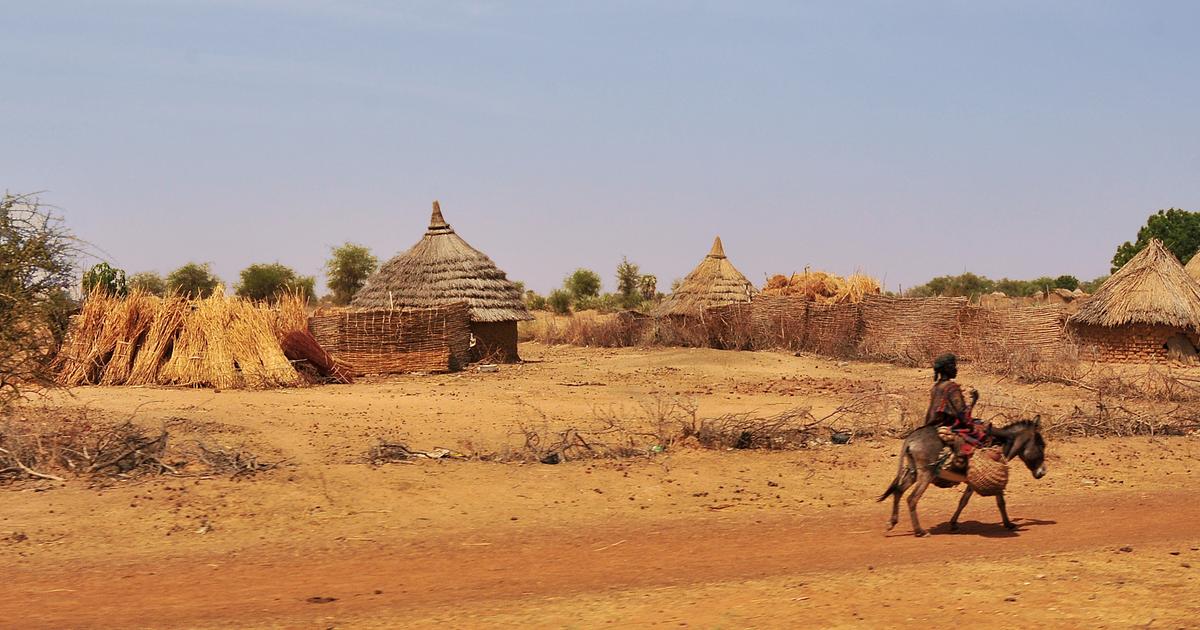The deadly heat wave that hit the Sahel in early April is linked to
“man-made”
climate change , say scientists from the World Weather Attribution (WWA) network in a study published Thursday. From April 1 to 5, Mali and Burkina Faso experienced an exceptional heat wave, both in terms of its duration and its intensity, with temperatures above 45°C causing numerous deaths in these countries.
Scientists' observations and comparisons of temperature models
“show that heat waves of the magnitude observed in March and April 2024 in the region would have been impossible”
without global warming of 1.2°C,
“of human origin »
. The report specifies that an episode like the one which affected the Sahel for 5 days in April only occurs in principle
“once every 200 years”
.
Heat waves are common in the Sahel at this time of year, but April
“would have been 1.4°C cooler”
in the region
“if humans had not caused
global warming
by burning
fossil fuels ,
”
assure the authors of the report.
“These trends will continue with future warming
,” they add. Scientists estimate that such a heatwave in Mali and Burkina Faso would be
"1°C hotter in a 0.8°C warmer world"
, and would occur 10 times more frequently than in today's climate if the global warming reaches 2°C
.
“Deadly” disasters
The duration and severity of this heat wave caused an increase in deaths and hospitalizations recorded in these countries, according to WWA, even if the Malian and Burkinabé populations
“are acclimatized to high temperatures”.
While it is
“impossible”
to accurately count the victims due to the lack of available data in the countries concerned,
“it is likely that there were hundreds, if not thousands, of other heat-related deaths”
, indicates WWA.
“From April 1 to 4, we noted an increase in attendance at services
,” Professor Djibo Mahamane Diango, head of the anesthesia department at the Gabriel Touré hospital center in Bamako, the capital of Mali, indicated on April 5. of a press conference. According to this practitioner, the establishment had recorded during the first four days of April the arrival of 102 bodies, more than 50% of which were of an age
"greater than 60 years"
, compared to 130 over the entire month of April. the previous year.
The health sector affected
“Heat waves are among the deadliest natural disasters
” and particularly affect the elderly and young children, recalls the WWA network in its report. The April heat in Mali, which peaked at 48.5°C, and in Burkina Faso coincided with the Ramadan fast and power cuts which limited the use of fans and air conditioners, and affected the functioning of health services. At the beginning of April, the national blood transfusion center in Bamako asked medical establishments to
“suspend any non-essential transfusion”
due to
“daily and prolonged outages beyond 12 hours”
per day.
Mali is experiencing power cuts due to the obsolescence of its power plants and the heavy debt burdening the national energy company. Since the 1970s, the Sahel countries have been faced with drought, as well as episodes of intense rain starting in the 1990s. The scarcity of water points and pastures, accentuated by the development of agricultural land, has disrupted the existence of pastoral populations and encouraged the emergence of armed groups who extended their control over vast swaths of the territory of Mali, Burkina Faso and Niger.

